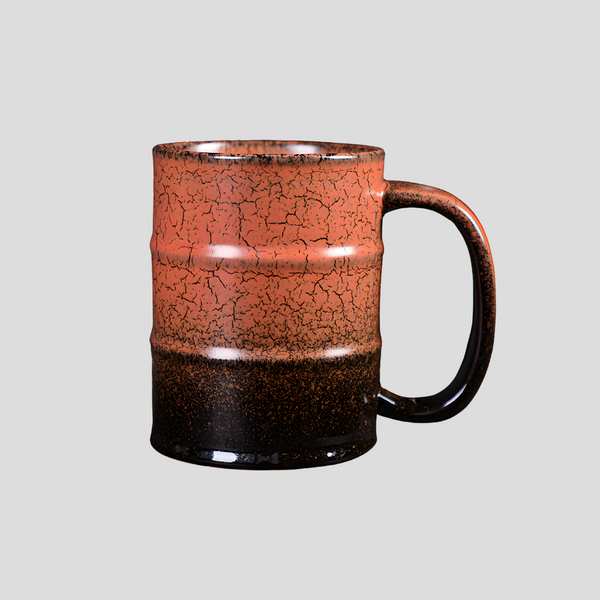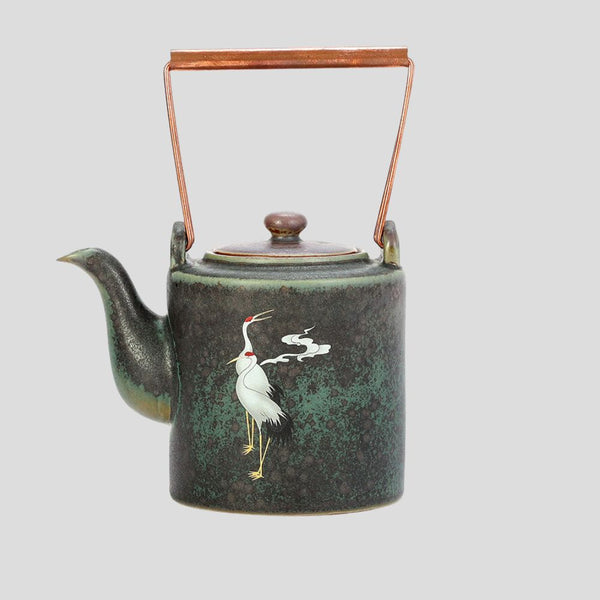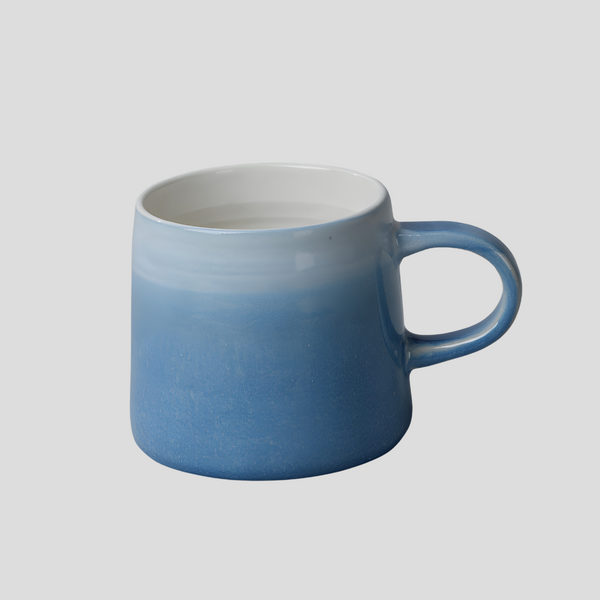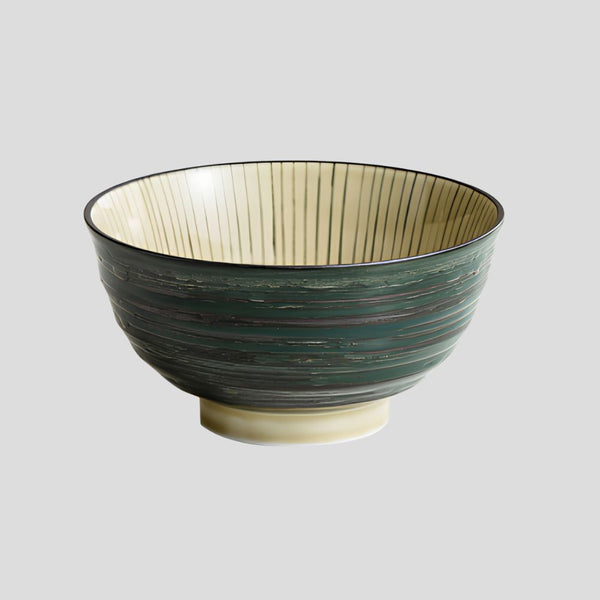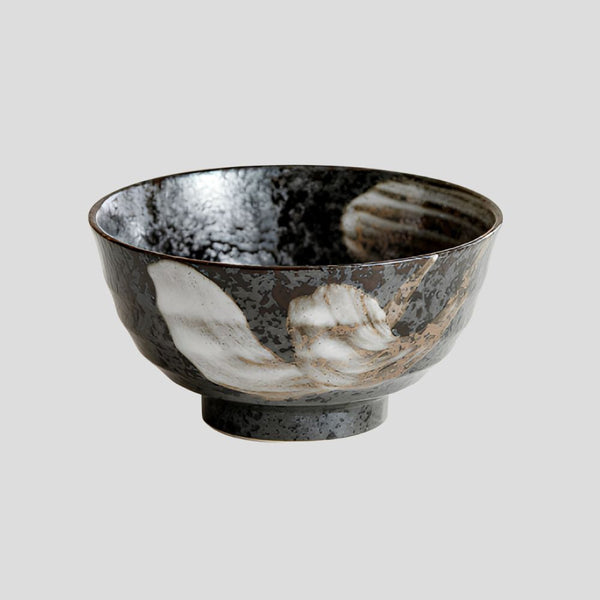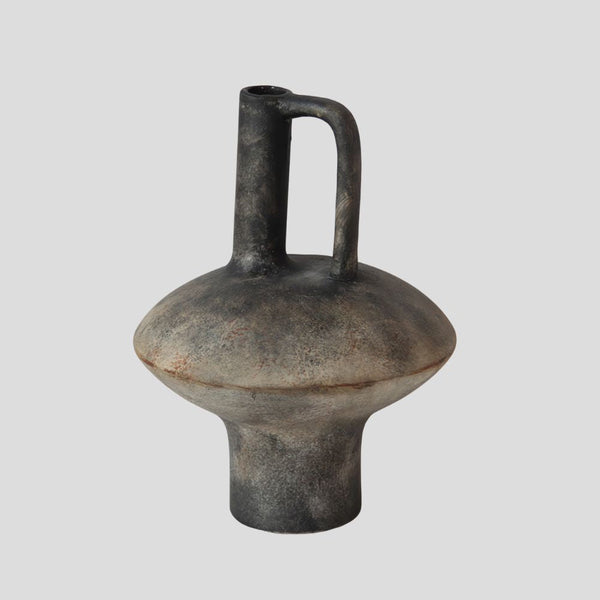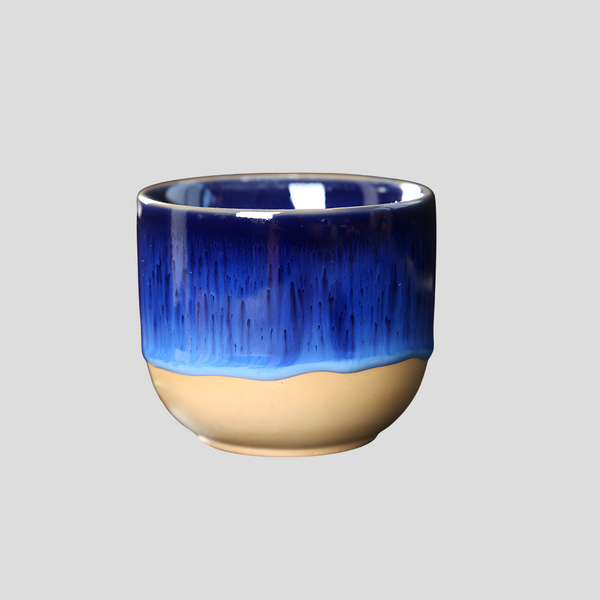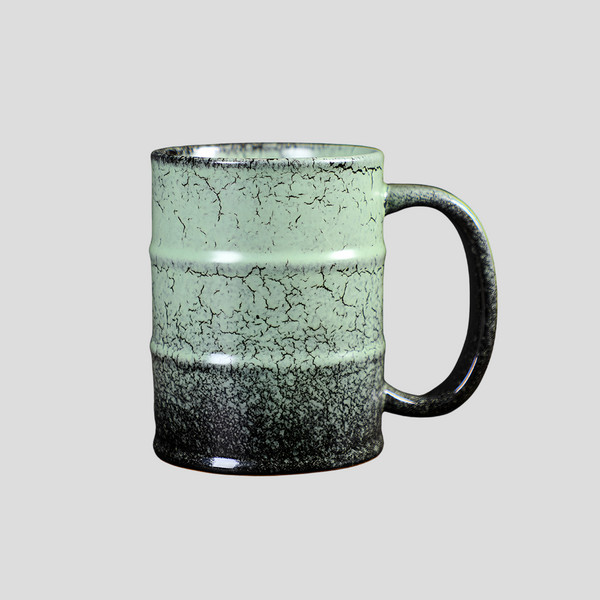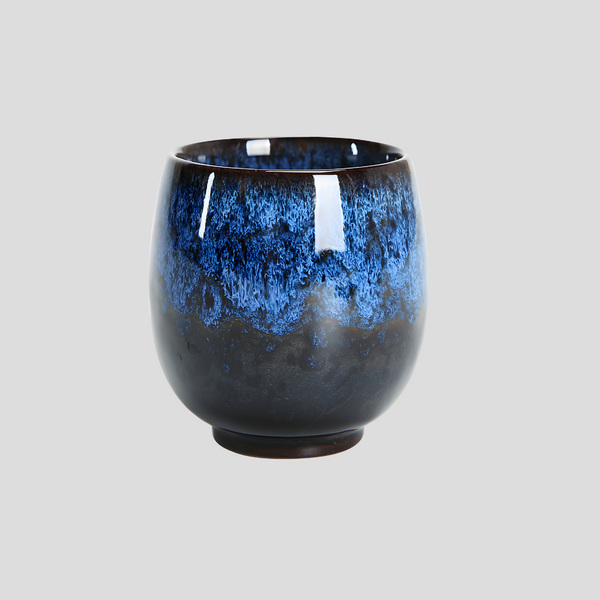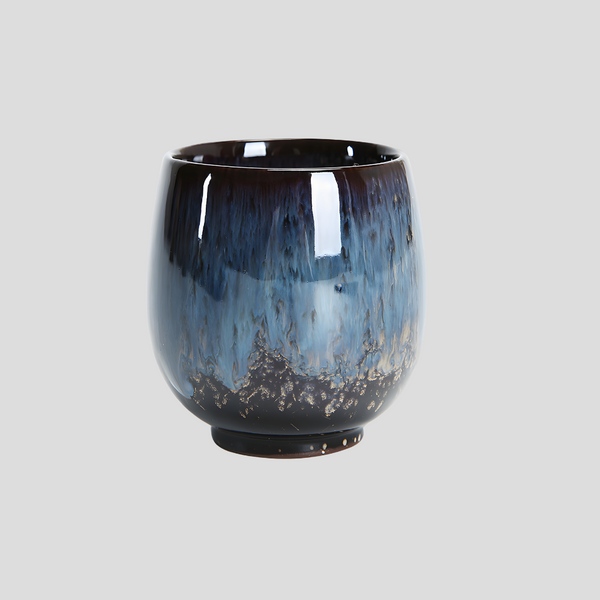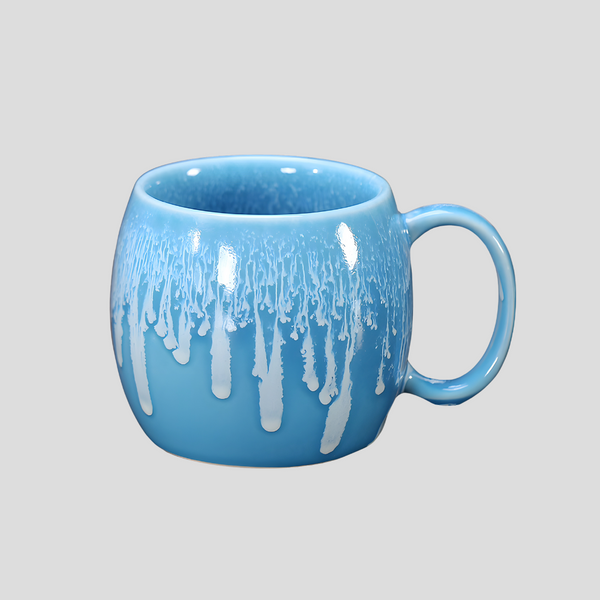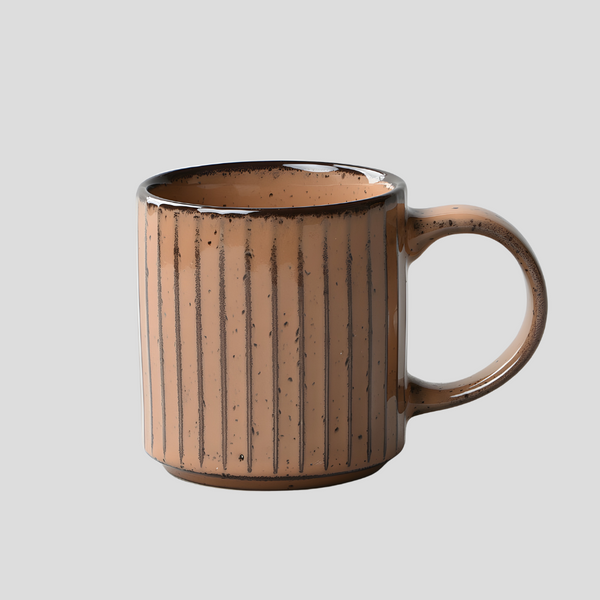
Ultimate Guide to Serving the Perfect Large Meat Platter
Ultimate Guide to Serving the Perfect Large Meat Platter
Whether it's for a festive celebration, a family gathering, or a sophisticated dinner party, a large meat platter can be the centerpiece of your table that captivates and delights your guests. Serving the perfect meat platter involves more than just the selection of meats; it involves considering the aesthetic arrangement, the pairing of flavors, and ensuring a balance of textures. This guide will walk you through the essential steps and tips to create a meat platter that is as stunning to look at as it is delicious to eat.
1. Selection of Meats
The first step to creating your meat platter is selecting a variety of meats that will appeal to different tastes while maintaining a harmonious balance. Consider including a mix of cured meats, smoked meats, and cooked meats. Popular choices include prosciutto, salami, chorizo, smoked turkey, roast beef, and ham. Aim for a variety of textures and flavors - from the spicy kick of pepperoni to the smooth and rich taste of pâté.
2. Consider Quality and Quantity
When selecting meats, aiming for high-quality products is key. Visit your local butcher or specialty stores to find the best options. As a general rule, plan for about 50 to 70 grams of meat per person. However, if your platter serves as the main course, increase the quantity to 100 to 150 grams per person.
3. Incorporation of Complementary Flavors
Enhance your meat platter by incorporating a range of complementary flavors. Cheeses pair exceptionally well with meats, offering a creamy counterbalance to the salty meats. Include a selection of cheeses, from soft and creamy to hard and aged varieties. Additionally, consider adding olives, nuts, pickles, fruit (both fresh and dried), honey, and chutneys to your platter. These items not only add a variety of flavors but also colors and textures, making your platter more appealing.
4. Arrangement Is Key
The presentation of your meat platter is crucial. Begin with the largest items, such as blocks of cheese or bowls of olives, to anchor your arrangement. Then, artfully arrange the meats around these focal points. Fold or roll slices of cured meats to create visual interest, and consider grouping similar items together in odd numbers, as this is more visually appealing. Ensure there's a good distribution of colors and textures across the platter.
5. Bread and Crackers
Don't forget to include a selection of bread and crackers. These not only complement the meats and cheese but also serve as a vehicle for creating bite-sized delights. Opt for a variety of types – from rustic breads to delicate crackers – to suit everyone's preferences.
6. Serving and Storage
To ensure the freshness of your meat platter, assemble it close to serving time. Meats should be served at room temperature to maximize their flavor, so take them out of the fridge about 30 minutes before serving. Also, provide separate serving utensils for each item to avoid mixing flavors.
In the rare event of leftovers, store them properly. Wrap meats in parchment paper or plastic wrap and keep cheeses in airtight containers to maintain their quality. Most items on your platter can last for a few days in the refrigerator if stored correctly.
Conclusion
Serving the perfect large meat platter is both an art and a science. By selecting a variety of quality meats, balancing flavors with complementary items, and presenting everything in an appealing way, you can create a memorable centerpiece for your next gathering. Remember, the key to a great meat platter lies not just in the quality of the ingredients, but in the care and thought put into its presentation and pairing.
Click this link to check out our ceramic artwork!
